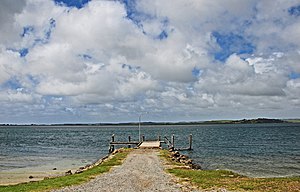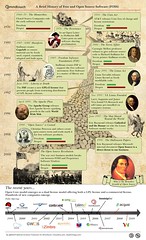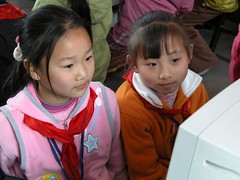Yes I am still up here in the Far North. It has been an extremely busy time for different reasons, Term 1 was so compressed for us up here and Term 2 for a start looked no different. We have just finished writing the junior reports, senior examinations, their marking and senior reports. I am also in charge of the whole AsTTle, Atol and Literacy areas for our school as well being as part of the Kotahitanga initiative. I mention all of this because the main focus of the school is on student engagement and hence raising student achievement. This brings me to the area of ICTELT VPD and what I have been working on. This is with the satellite school I work with Te Hapua through video conferencing.
It was the video conferencing lessons that I had concerns and a lot of thought on. My concern was how better to engage the students through video conferencing. As stated in the earlier reports I have been using the tools Wordle and Audacity to better engage the students in their learning.
Wordle
(For a description of what Wordle is/does, as well as some more ideas for using Wordle, click HERE).
I use this every lesson and the students are quite used to it. I use Wordle in different ways.
- To develop vocabulary that we are using at that particular time. This supports other literacy strategies such as Pair Definition. I will or the students will contribute the words their spelling and meanings. This brings me to a little skill with Wordle in that if you split up the words such as phrases or sentences they will appear elsewhere on the page. Therefore I keep the words together with no spaces and this keeps the meaning together. The reverse can be used where you can have the words apart and even split individual words up so that the students can locate and put them back together. It is there to create discussion.
- Student Voice, Student Talk or Math Talk. I use this when the students are working and talking about what they are doing. The lap top is running and I simply type in key words, phrases and explanations that they are using as they work. When I want to show them what talk and language is being used by them I show them by simply switching screens. They see and recognize things that they have said and done in class. I also add other things in for example an event that has involved individuals or the class as a whole. For example they are the most northern sports teams in New Zealand and their Rugby team had its first ever win for the last few years. This had a special mention. Depending on the day there is always something that can have a brief mention so long as you don’t have too much as it will clutter up and be difficult to read. So not only is there language development there is also the development of relationships that take place through this tool Wordle. They know how to create their own wordle charts. This brings me to an interesting observation in that a video conferencing room would benefit greatly with the lap tops in the same room. Then you would get a real atmosphere of sharing and instant response with this type of tool. Wordle is running through the whole period and we decide at the end to either save or print it.
Used in the same as wordle in many ways.
- I get the students to come up with mathematical jingles, phrases, etc and record them then play back. The trouble here is that I record their voice back through the video conference unit by holding the speaker/receiver close to the microphone on the lap top. It works but the recording is low in volume and on playback the students can hear but really have to listen. Obviously I use the tools in Audacity to change the recording and then play back. The students contribute because they can see Audacity in action on their video conferencing screen. It is a good idea to let them give their suggestions as the students have a good idea on how to use Audacity. An example for Year 10 Trigonometry SOH, CAH, TOA which they will say and then a jingle to go with it such as Silly Old Harry, Caught A Hapuka, Trawling Off Ahipara. They then can use the tools to do what they want with it and then listen to the play back. It is just another way to engage these students when video conferencing. I am looking at combining the Wordle and Audacity especially with student talk, student voice or math Talk.
Moodle
I am slowly getting into the use of Moodle and at the present time doing PD with a fellow colleague. I have used it with Te Hapua and need to get back onto the bike. In fact it is a necessary component of the whole teaching by video conferencing to these students. They are using it so I need to get up there with them.
Skype
All the hardware is up and running as I have invested in the equipment fro my classroom the other specialist teacher of Science and his laboratory and the Te Hapua school itself. We seem to be having some problems in this area and hope to sort them out this term. However, finding the time is always an issue.












![Reblog this post [with Zemanta]](http://img.zemanta.com/reblog_a.png?x-id=73cc98ec-f65f-4e2d-bc80-8f3209d81d84)




![Reblog this post [with Zemanta]](http://img.zemanta.com/reblog_a.png?x-id=d978fd75-eda5-4664-953e-f2dbc19555f8)




